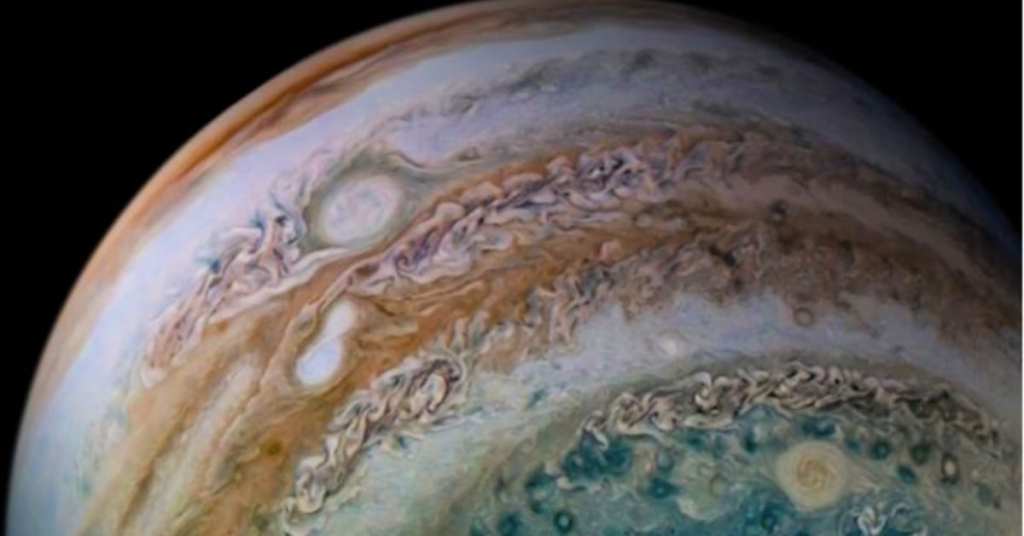Trending Now
There’s just something about pictures from space that make us stop in wonder at all that’s out there – more than we’ll ever realize, in all likelihood.
I think that feeling of feeling small and in awe and definitely as if there’s something bigger than ourselves is one of the reasons we love images like these latest of Jupiter so much.
https://www.instagram.com/p/B9zyNUjFOgP/
Jupiter, a huge, gaseous planet with a stormy, beautiful atmosphere, is around 484 million miles from earth.
When NASA’s Juno spacecraft made a “close” swing by Jupiter – a mere 15,610 miles above the clouds – it captured and sent back these amazing images.
https://www.instagram.com/p/B-kUnAdJXrY/
Scientists have been particularly enthralled by the thin, hazy bands amid the storm clouds, that run from the top to the bottom of the image.
NASA wrote that “scientists don’t yet know exactly what these hazes are made of or how they form,” about the particles floating above the clouds.
You can see all of the images that were captured and shared here.
https://www.instagram.com/p/B9U-P2SlHcM/
It’s a cool reminder of how small we are and how much is still out there to be discovered – and that goes even for the planets we already know something about.
I don’t know why, but there’s something comforting about the idea that there’s always going to be something to learn, something to discover. The thought of knowing everything, of there being no new frontiers, is a bit unsettling (is it because I’m American? Maybe?).
https://www.instagram.com/p/B509FrkFgjo/
What do you think of these images? Any guesses as to what we’re looking at here?
I think Jupiter might be my new favorite planet!






